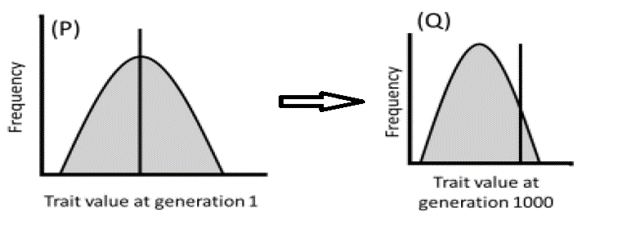#Question id: 987
#Unit 1. Molecules and their Interaction Relevant to Biology
Which is not a direct precursor of pyrimidines in their de novo biosynthesis?
#Question id: 988
#Unit 1. Molecules and their Interaction Relevant to Biology
Which is the precursor of all pyrimidine ribo- and deoxyribonucleotides?
#Question id: 989
#Unit 1. Molecules and their Interaction Relevant to Biology
Which catalytic site is not contained in the eukaryotic multifunctional protein dihydroorotate synthase?
#Question id: 990
#Unit 1. Molecules and their Interaction Relevant to Biology
Carbamoyl phosphate synthetase I is located in the ________ in eukaryotes and uses ________ as a nitrogen source.
#Question id: 991
#Unit 1. Molecules and their Interaction Relevant to Biology
The conversion of UTP to CTP involves ________.
#Question id: 992
#Unit 1. Molecules and their Interaction Relevant to Biology
Fatty acids are activated to acyl-CoAs and the acyl group is further transferred to carnitine because:

